Renewable Energy Resources Worksheet
Are you interested in learning more about renewable energy resources? Look no further, as we have designed a comprehensive worksheet that covers all the essential topics in this field. Whether you are a student looking to expand your knowledge or an educator seeking helpful resources for your classroom, our renewable energy resources worksheet will provide you with a clear and concise understanding of this important subject.
Table of Images 👆
More Energy Worksheets
Light and Heat Energy WorksheetsTypes of Energy Transfer Worksheet
Energy Light Heat Sound Worksheets
3 Forms of Energy Worksheets
Energy Worksheets for Third Grade
What is renewable energy?
Renewable energy is energy that comes from natural resources that are constantly replenished, such as sunlight, wind, and geothermal heat. These sources of energy are considered sustainable and eco-friendly because they do not deplete the Earth's resources and produce minimal greenhouse gas emissions when compared to fossil fuels.
Name five common types of renewable energy resources.
Five common types of renewable energy resources are solar power, wind power, hydropower, geothermal energy, and biomass.
How does solar power work?
Solar power works by converting sunlight into electricity through the use of photovoltaic cells. These cells, typically made of silicon, absorb sunlight and generate an electric current. When sunlight hits the cells, electrons are knocked loose from their atoms, creating an electric flow that can be captured and used as electricity. The generated electricity can be stored in batteries for later use or fed directly into the electrical grid.
What is the difference between wind turbines and windmills?
Wind turbines are primarily used to generate electricity by converting the wind's kinetic energy into mechanical power, which is then transformed into electrical power. On the other hand, windmills traditionally have a variety of uses including grinding grain, pumping water, or generating mechanical power for various applications. While both wind turbines and windmills harness wind energy, wind turbines are more commonly associated with modern electricity generation, whereas windmills are historically used for mechanical tasks.
Describe the process of harnessing energy from geothermal sources.
Harnessing energy from geothermal sources involves drilling wells into the Earth's crust to access hot water or steam from underground reservoirs. This hot water or steam is then brought to the surface and used to drive turbines connected to generators, which produce electricity. The generated electricity is then transferred to the power grid for distribution to homes and businesses. Geothermal energy is a renewable and sustainable energy source that provides a constant and reliable supply of power with minimal environmental impact.
What are the advantages of using hydropower?
Hydropower offers several advantages, including being a renewable energy source, producing low greenhouse gas emissions, providing reliable and consistent energy generation, having relatively low operating costs, serving as a flexible energy source that can be easily adjusted to meet varying electricity demands, and having the potential for energy storage through reservoir systems.
How does biomass energy contribute to renewable energy production?
Biomass energy contributes to renewable energy production by utilizing organic materials such as wood, crops, and agricultural residues to generate electricity or produce heat. These materials are renewable as they can be replenished within a relatively short period of time. By converting biomass into energy through processes like combustion, gasification, or anaerobic digestion, we can reduce greenhouse gas emissions and dependence on fossil fuels, making biomass energy a valuable and sustainable component of the renewable energy mix.
What are the environmental benefits of using renewable energy?
Using renewable energy helps to reduce greenhouse gas emissions, decrease air and water pollution, and conserve natural resources. It also minimizes our reliance on finite fossil fuel sources, which helps to mitigate climate change and protect ecosystems. Additionally, renewable energy sources like wind and solar power do not produce harmful byproducts that can harm human health or the environment, making them a more sustainable and environmentally friendly option for meeting energy needs.
Explain the concept of tidal power and how it is harnessed.
Tidal power is a form of renewable energy that harnesses the natural energy produced by the gravitational forces of the moon and the sun on Earth's oceans. This energy is captured by constructing tidal barrages or tidal turbines in coastal areas with high tidal ranges. Tidal barrages work by trapping water at high tide and releasing it through turbines as the tide recedes, generating electricity. Tidal turbines operate similarly to wind turbines but are placed underwater to capture the kinetic energy of moving tidal currents. Both methods of harnessing tidal power provide a consistent and predictable source of clean electricity.
How can individuals and communities promote the use of renewable energy resources?
Individuals and communities can promote the use of renewable energy resources by investing in solar panels, wind turbines, and hydroelectric systems for their homes and businesses, supporting policies that incentivize renewable energy production and consumption, participating in community programs to increase awareness and access to renewable energy sources, and advocating for sustainable practices at the local and national levels. Additionally, educating others about the benefits of renewable energy and supporting initiatives that reduce reliance on fossil fuels can help drive the transition towards a more sustainable energy future.
Have something to share?
Who is Worksheeto?
At Worksheeto, we are committed to delivering an extensive and varied portfolio of superior quality worksheets, designed to address the educational demands of students, educators, and parents.

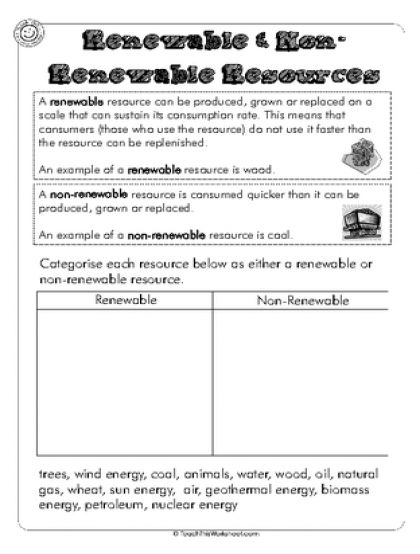




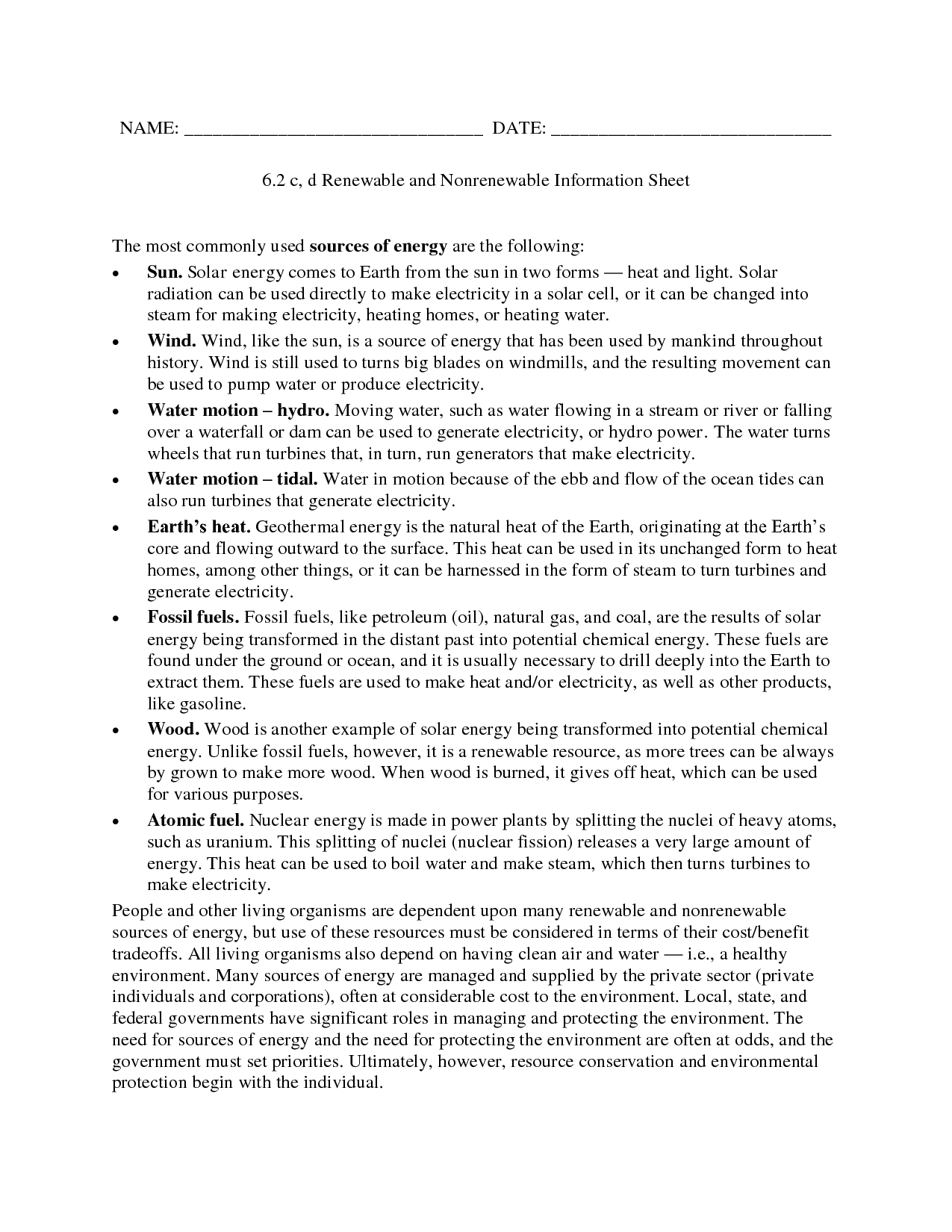
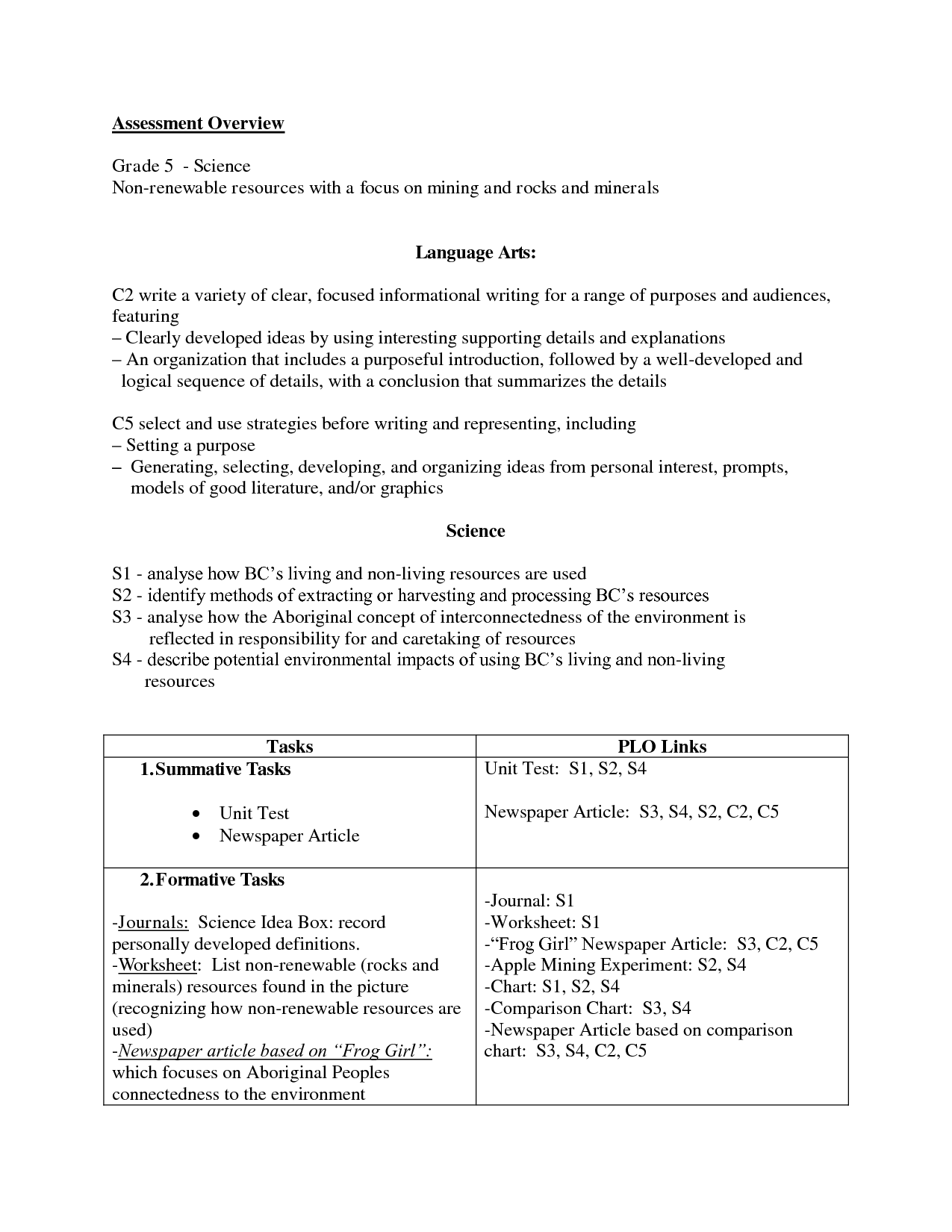
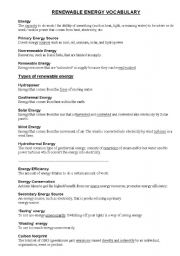
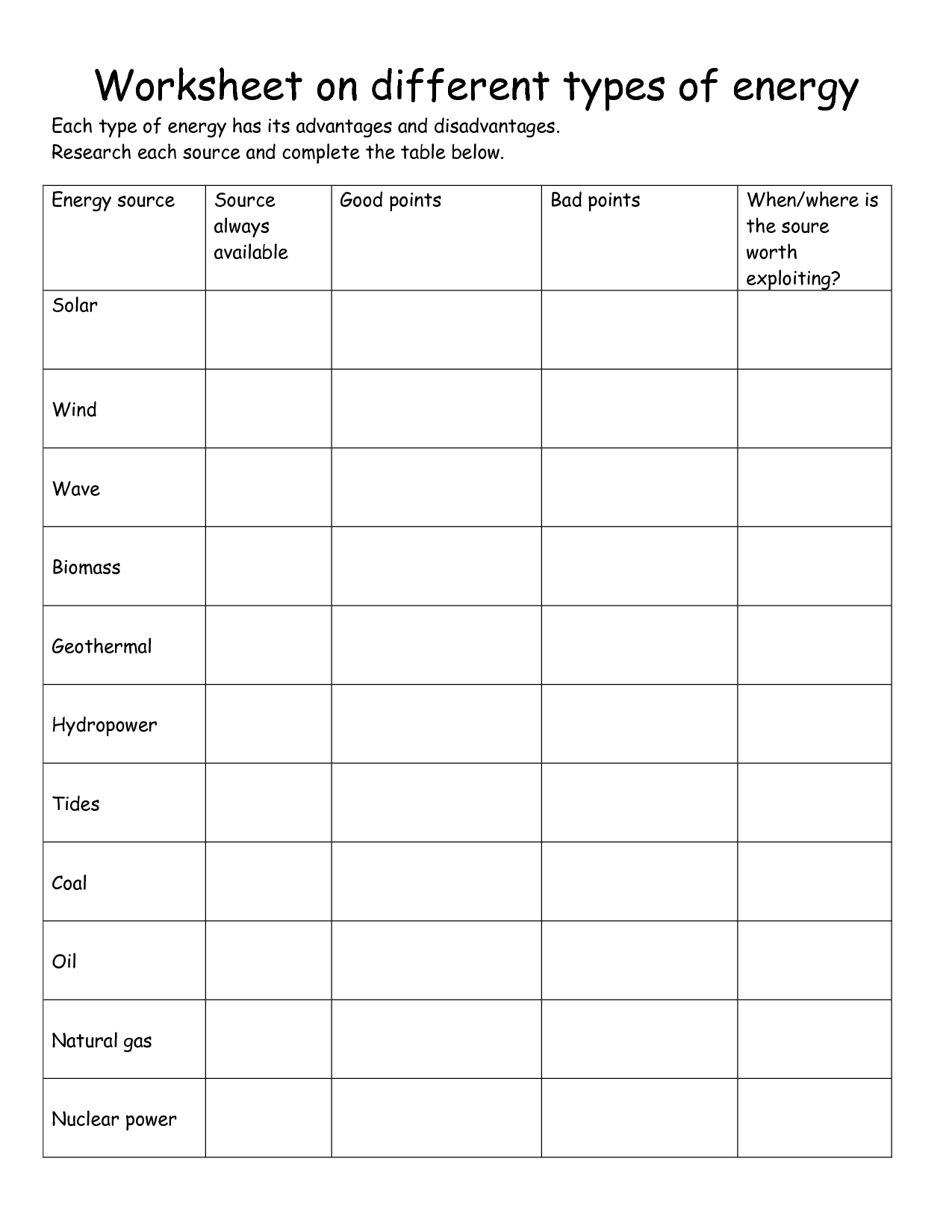
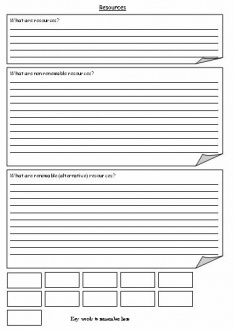
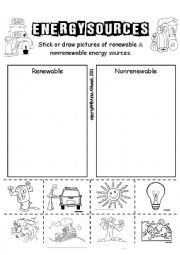
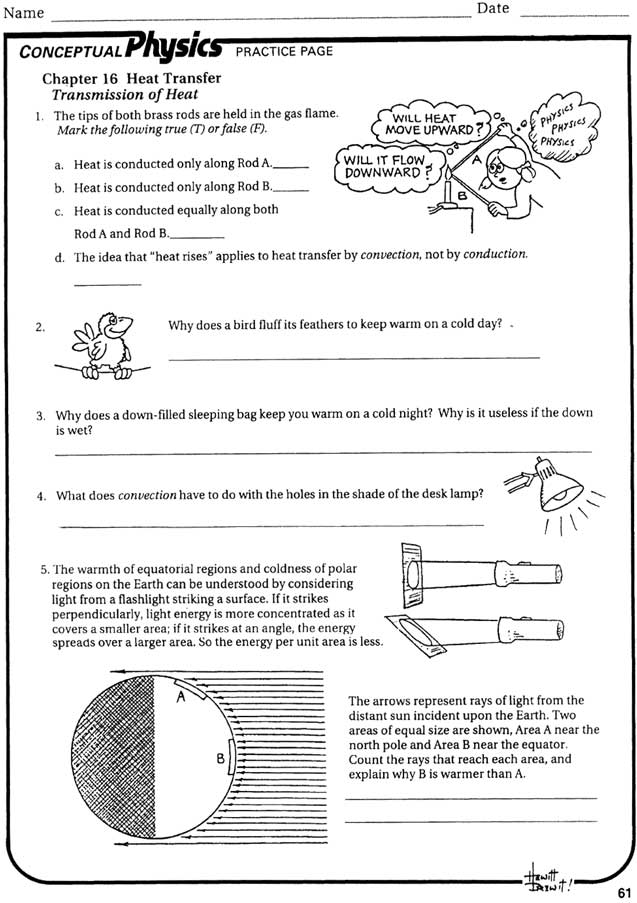













Comments